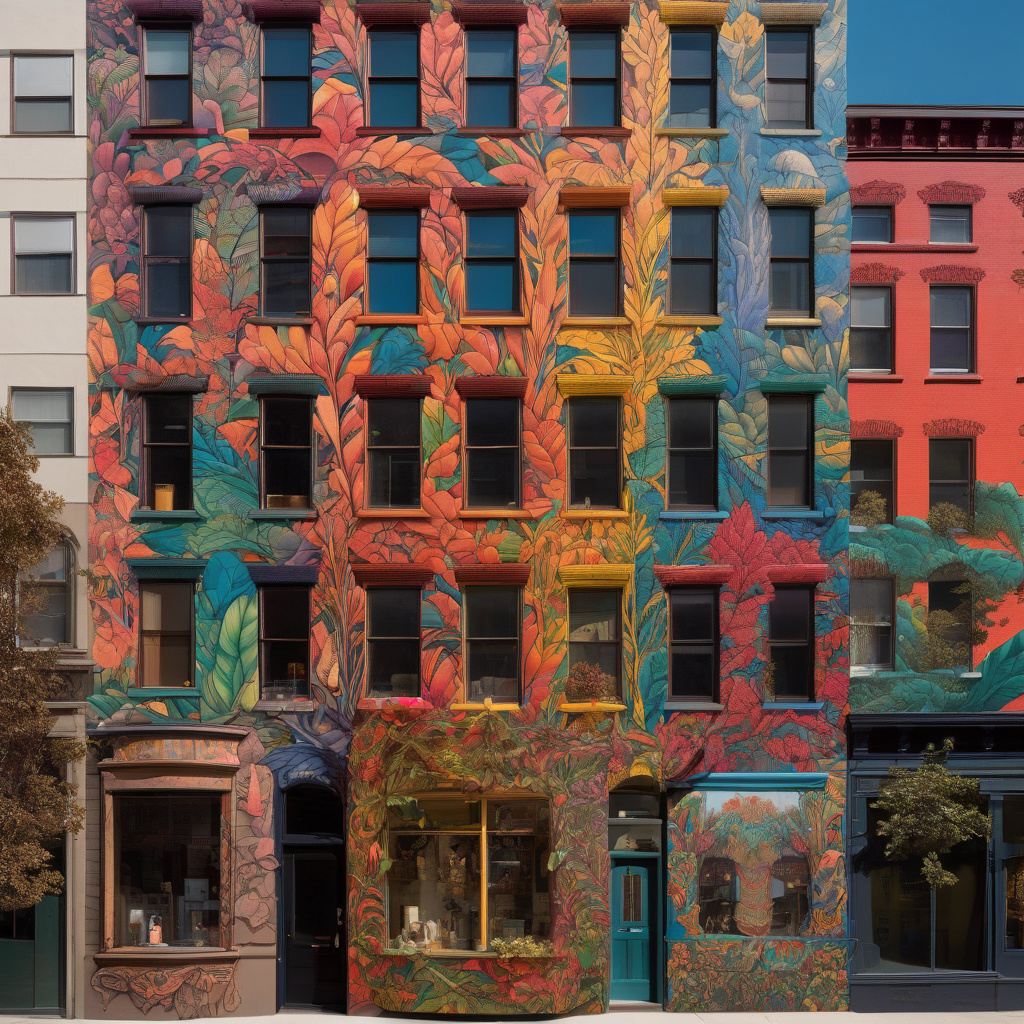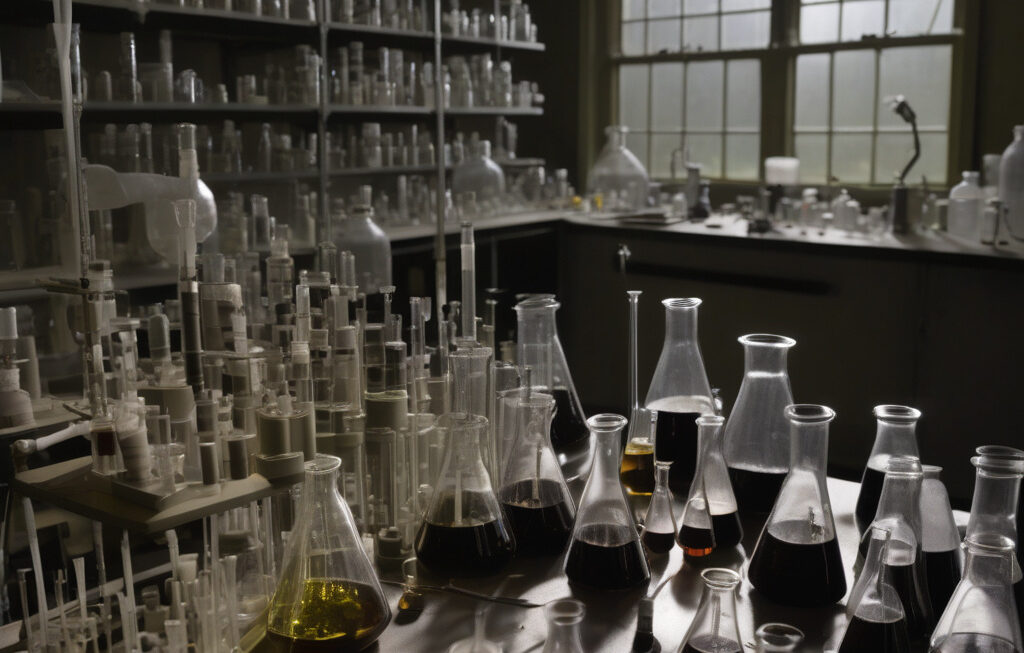Living Tattoos for Buildings: Transforming City Walls into Pollution-Fighting Surfaces
Researchers have begun making innovative façade coatings that integrate selected microorganisms, aiming to bring buildings to life in a whole new way. These living tattoos for buildings have the potential to revolutionize urban landscapes by turning city walls into pollution-fighting surfaces. The concept involves harnessing the power of nature to not only enhance the aesthetic appeal of structures but also contribute to a healthier environment.
The idea behind living tattoos for buildings is to create a symbiotic relationship between architecture and the natural world. By incorporating specific microorganisms into the facade coatings of buildings, researchers are able to leverage the unique properties of these organisms to combat pollution. These microorganisms can help break down harmful pollutants in the air, such as nitrogen oxides and volatile organic compounds, converting them into less harmful substances.
One of the key advantages of this approach is its sustainability. Unlike traditional pollution-control measures, which often rely on energy-intensive systems or regular maintenance, living tattoos for buildings operate in a self-sustaining manner. Once applied to a building’s facade, the microorganisms continue to work tirelessly to purify the air, requiring minimal human intervention.
Moreover, the potential applications of living tattoos for buildings are vast. From office towers to residential complexes, these innovative facade coatings can be implemented on a wide range of structures, offering a scalable solution to urban pollution. Imagine a city where every building plays a role in combating air pollution, creating a network of pollution-fighting surfaces that collectively make a significant impact on the environment.
In addition to their environmental benefits, living tattoos for buildings also have the potential to transform the aesthetic of urban spaces. Rather than static, lifeless facades, buildings adorned with these living coatings take on a dynamic, ever-changing appearance. As the microorganisms interact with their environment, they create patterns and colors that evolve over time, turning city walls into living works of art.
The development of living tattoos for buildings represents a cutting-edge innovation in the field of sustainable architecture. By merging nature with technology, researchers are paving the way for a new era of environmentally conscious design. As the global population continues to urbanize, finding creative solutions to urban pollution is more important than ever. Living tattoos for buildings offer a glimpse into a future where our built environment not only sustains us but also actively contributes to a cleaner, healthier planet.
As we look ahead to the potential of living tattoos for buildings, it is clear that this technology has the power to transform our cities for the better. By harnessing the natural processes of microorganisms, we can create buildings that not only protect the environment but actively work to improve it. With further research and development, living tattoos for buildings could soon become a common feature of urban landscapes, turning every city wall into a canvas for environmental innovation.
#LivingTattoos, #PollutionFightingSurfaces, #SustainableArchitecture, #UrbanInnovation, #EnvironmentalImpact












